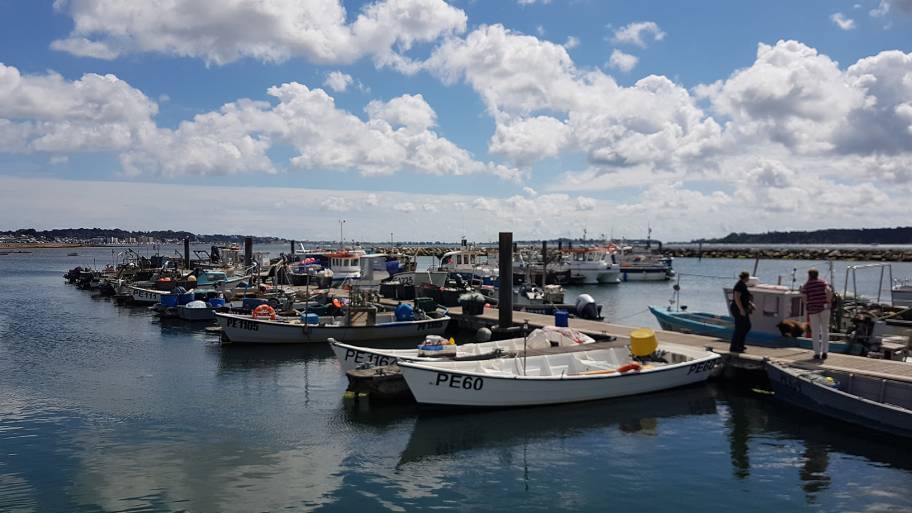Now, irrespective of the perception of and the need or otherwise to have fisheries officially accredited, the underlying three principles on which the whole MSC ethos is based are entirely valid and speak for themselves:
•Minimising environmental impact
•Effective management
These surely hold good as the baseline aspirations for all concerned with fisheries and not least the catchers themselves? They certainly have the support of NUTFA as the foundation for the long-term sustainability and profitability of inshore fisheries.
So when Project Inshore was developed, NUTFA was particularly keen to be an integral part of the programme and to help in guiding and advising at every stage.
Inshore fisheries and sustainability
The inshore fisheries concerned take place in the richest and most biologically diverse areas in English waters. At the same time, the vast majority of European Marine Sites and the proposed Marine Conservation Zones are sited inshore, so as inshore fishermen we need to be able to illustrate that we meet the standards that are acceptable to a range of interested parties, as well of course to the marine environment itself.Fisheries around the English coast were traditionally managed by local Sea Fisheries Committees (SFC’s) dedicated to the sustainable use of waters from 0 – 6 miles from the coast. These SFC’s have been superseded by the Inshore Fisheries and Conservation Authorities (IFCA’s) who maintain the same focus on fisheries but with, as the title shows, an additional responsibility to actively consider marine conservation. In much the same way as SFC’s previously, IFCA’s are staffed by dedicated and committed men and women, working with limited, sometimes very limited, resources in pursuit of their aims.
Project Inshore will provide what both they and fishermen need – a road map to long term sustainability.
This is no easy journey, especially in view of the diversity within the inshore fleet. The vast majority of under tens [boats 10 meters and under in length] fish within the inshore zone with vessels ranging from small open skiffs [a shallow, flat-bottomed open boat with sharp bow and square stern] fishing in much the same way as we have for hundreds of years, through to state of the art 9.9 metre vessels with the fishing power of vessels twice their size only a few years ago. These larger vessels account for 50% of the sectoral catch by value yet are only 20% of the under ten fleet by number. The vast majority of the under ten fleet are sub-8 metres in length and the under ten catch altogether comprises of 70% non-quota species, 83% of which is shellfish, with lobster and crab the main components. All in all, three quarters of this sector use passive gears; nets, pots and lines.
The importance of Project Inshore to the survival our inshore fleet
Managing this amazing array of individual elements and impacts is difficult enough solely from a regulatory perspective. Throw in the ever increasing marine conservation aspects and the public interest in all things fishy, together with the need for fishermen to have access to sufficient resources to maintain their businesses and there is a real danger that small independent fishers, irrespective of their environmental, social and economic credentials get lost in the wash.By mapping all the English inshore fisheries and creating ‘sustainability’ plans, management plans by another name, crucially with the direct input from the fishermen themselves, this project gives us the best possible chance to ensure the long-term survival and prosperity of this vital part of the English fleet.

